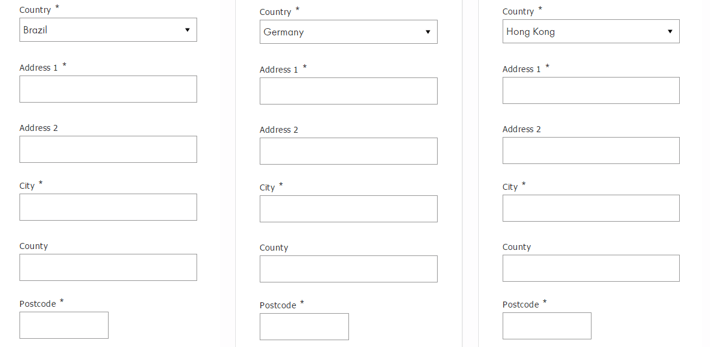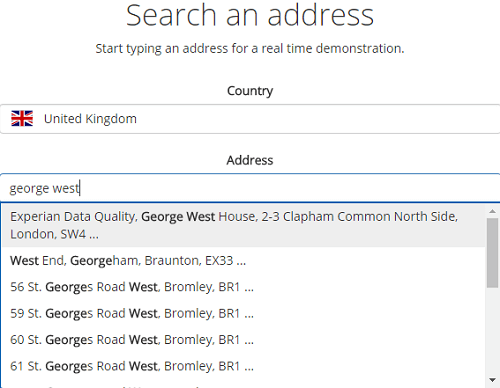Retailers often tell us about their endless pursuit to create a seamless buying experience: a utopian idea that has dominated the industry for years. This pursuit can often seem never ending, especially as technology and consumer expectations seem to outpace retailers’ ability to keep up. Meanwhile, according to Shopify, shopping cart abandonment rates hover around 67 percent, with many customers claiming they leave websites with full shopping carts because of complicated or long checkout processes.
For years retailers have been working to remove complications from the online experience, and have come a long way in doing so. As the majority of Ecommerce now comes from mobile devices, however, retailers are presented with a new challenge. Simplifying the buyer’s mobile experience is critical, especially considering that mobile shopping cart abandonment rates are far higher than those for websites.
Compounding this shift to mobile is the growth of cross-border or international Ecommerce. In the last year alone, Forrester found that 27 percent of all online and mobile purchases made on retailers’ sites were shipped outside of their base market, a phenomenon that is only becoming more prevalent as cross-border sales continue to grow at double the rate of domestic Ecommerce.
The move to cross-border ecommerce is due to several factors, including the saturation of some domestic markets driving retailers to develop global growth strategies. It can also be a result of the general shrinking of the global economy with regard to the increasing ease with which goods and services can transcend borders.
These factors present a new set of challenges to today’s savvy retailers. Enhancing online checkouts by opening them up to foreign buyers may seem an easy enough task, but doing so can often introduce new obstacles to potential buyers (and new complexities that must be managed by the retailers themselves!) Expanding Ecommerce to foreign buyers can cause more hassle than it’s worth for retailers who don’t understand what they’re getting themselves into.
Take address entry as one example of how these global retail trends can complicate the checkout process. Many online retailers I’ve looked at will simply use a standard, template-based address entry form for the rest of the world. Take this set of delivery address forms from a major international Ecommerce brand, for example:

In the example above, the Hong Kong customers will have an especially hard time with purchasing, because Hong Kong, like 67 other countries, does not have postcodes in their postal system:

As an increasing proportion of online purchases come from foreign-based shoppers, retailers must focus on simplifying the checkout process across the board, or risk increasing abandonment rates.
Keeping with the address entry example, trying to localize the address forms for every country would create more complexity and maintenance for retailers than it’s probably worth. Luckily, new services such as predictive-style address verification solutions allow businesses to simplify the address entry workflow into one that works for users from any part of the world and meets the modern expectations users have come to expect (thanks Google!) Not only that, but these services also ensure the deliverability of the addresses entered, which tackles another focus for retailers.
Ultimately, there are many challenges that retailers will face as they look to take advantage of new, global customer segments. It will be interesting to see how they are able to cope with the increasing complexity of a global customer base coupled with the shift to mobile, all while making the buying experience as simple as possible.
Learn more










